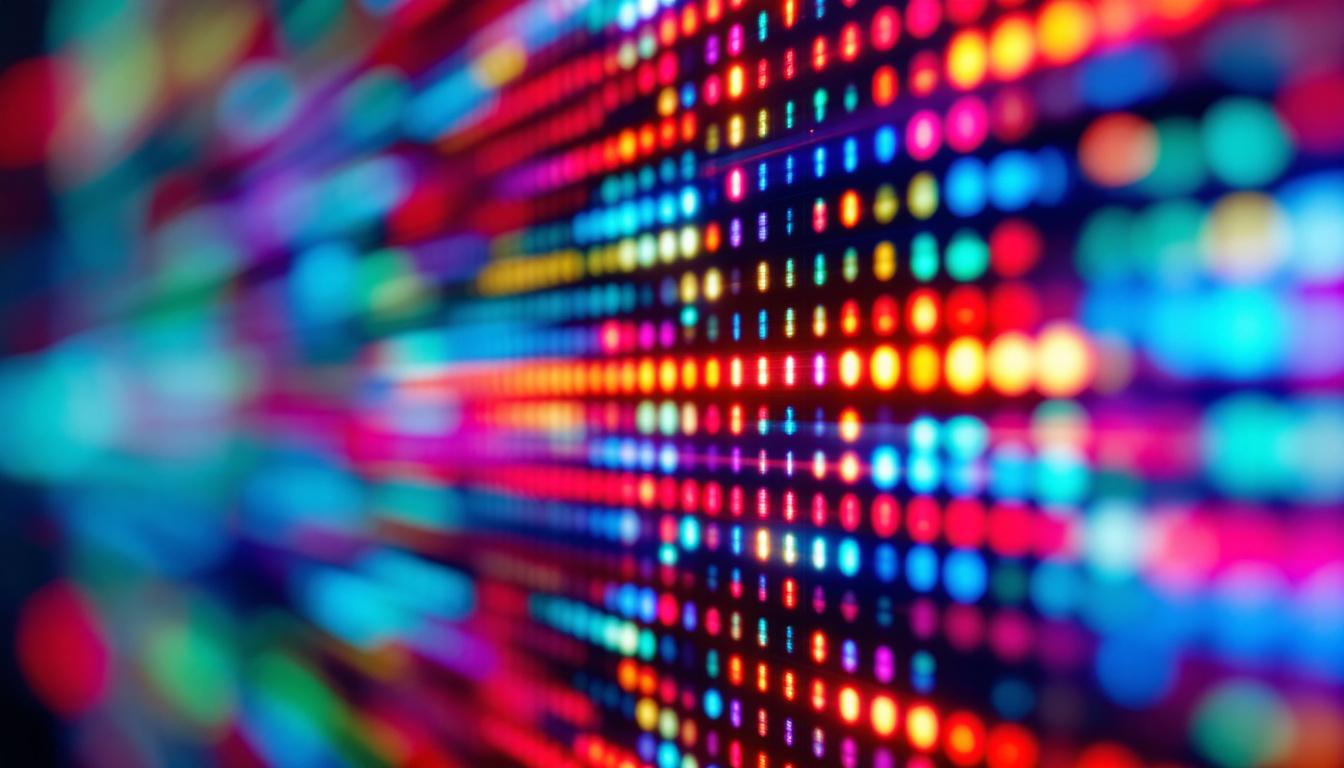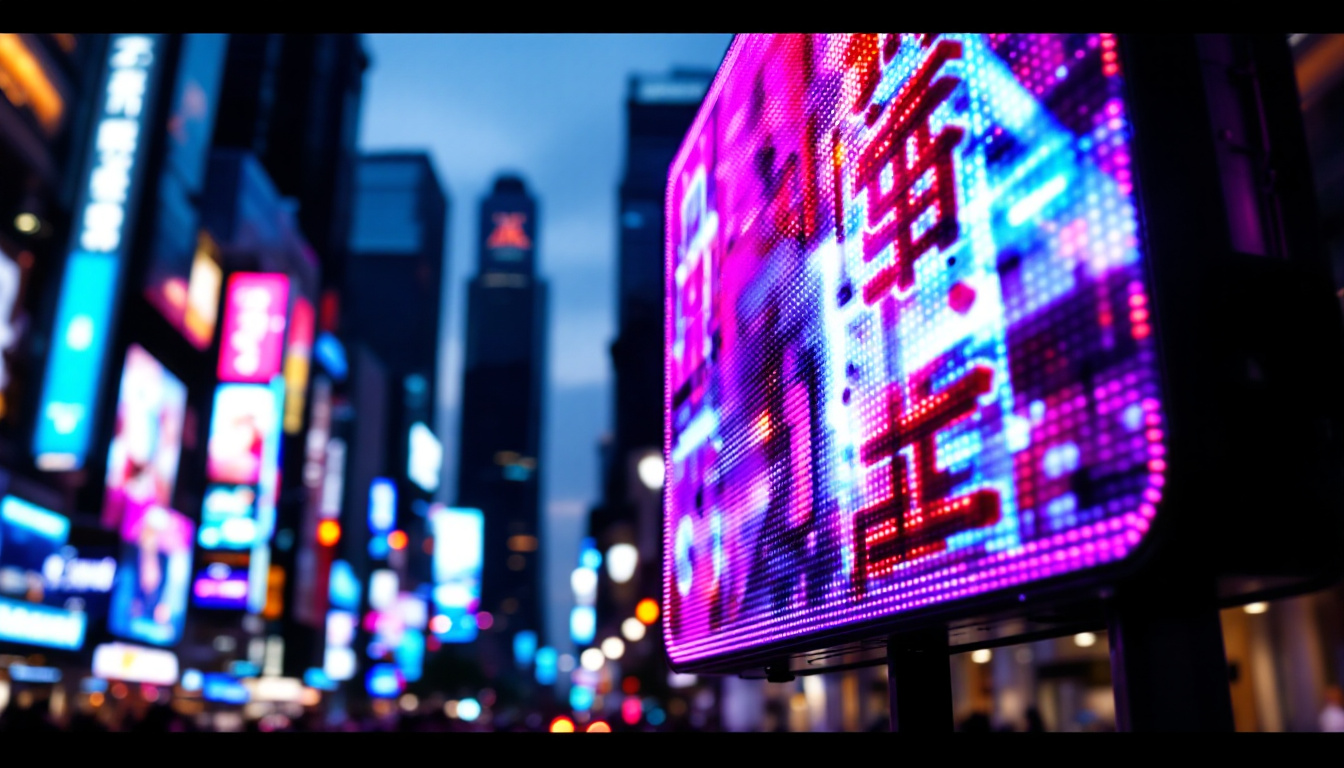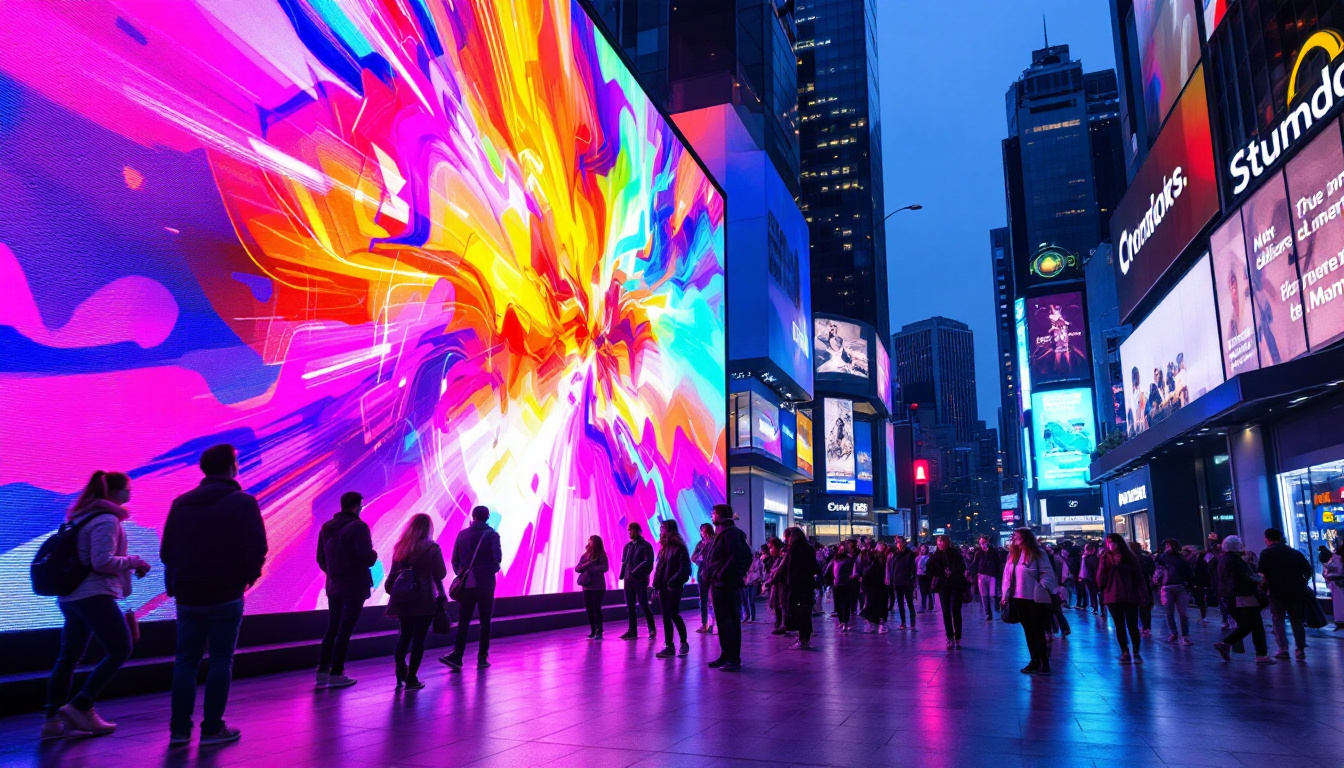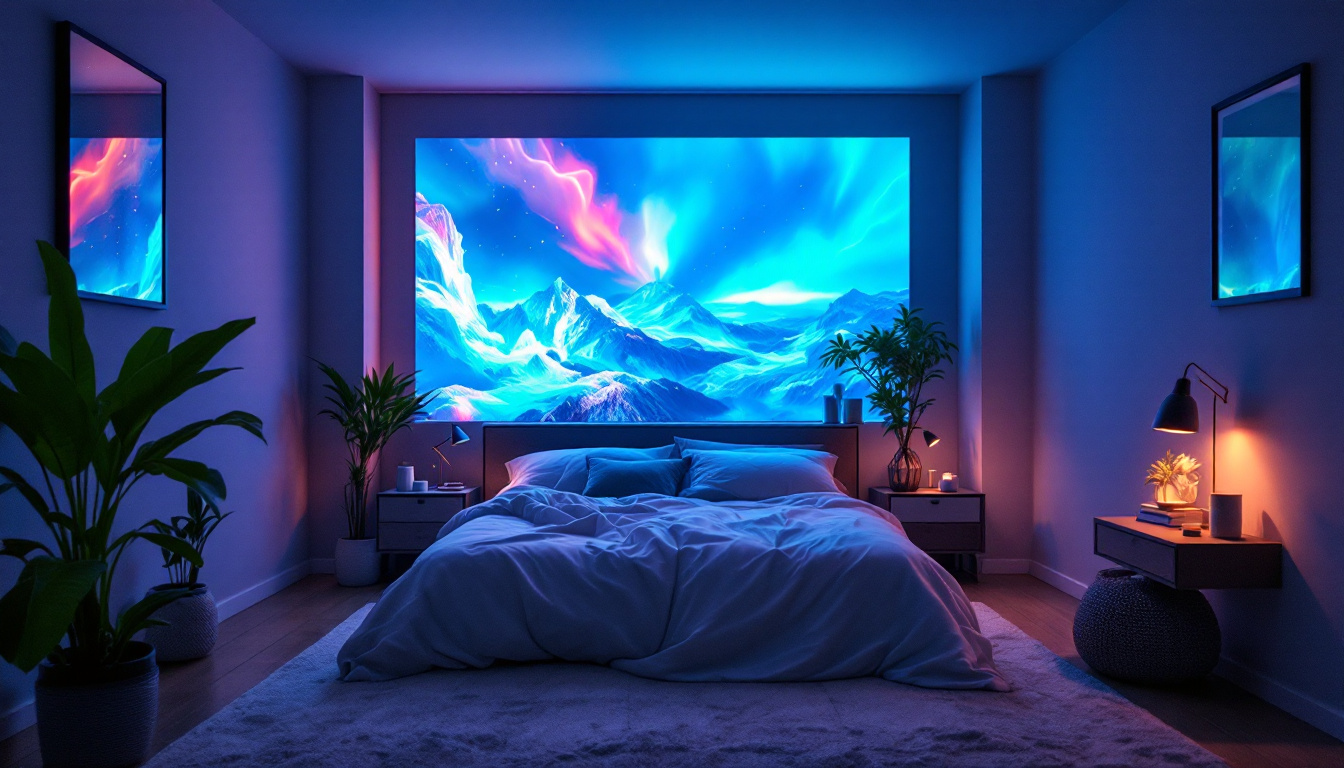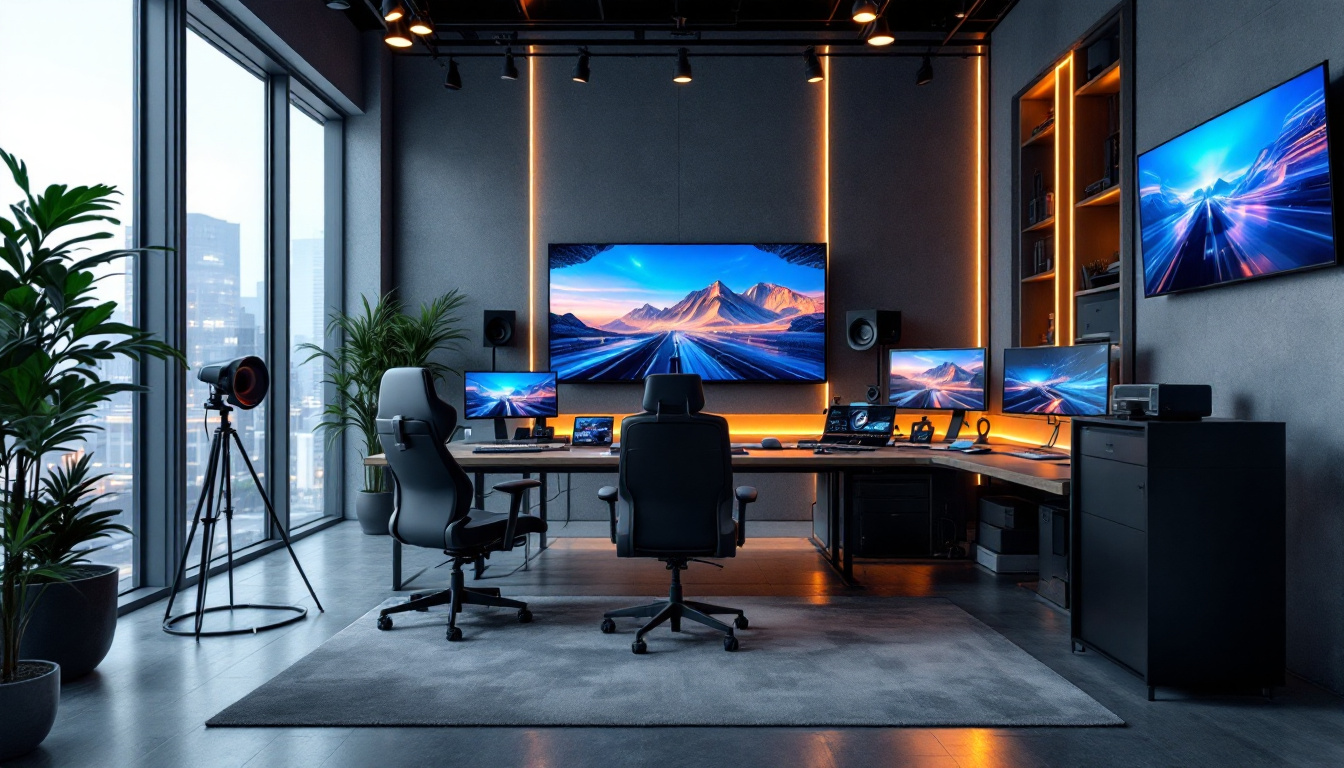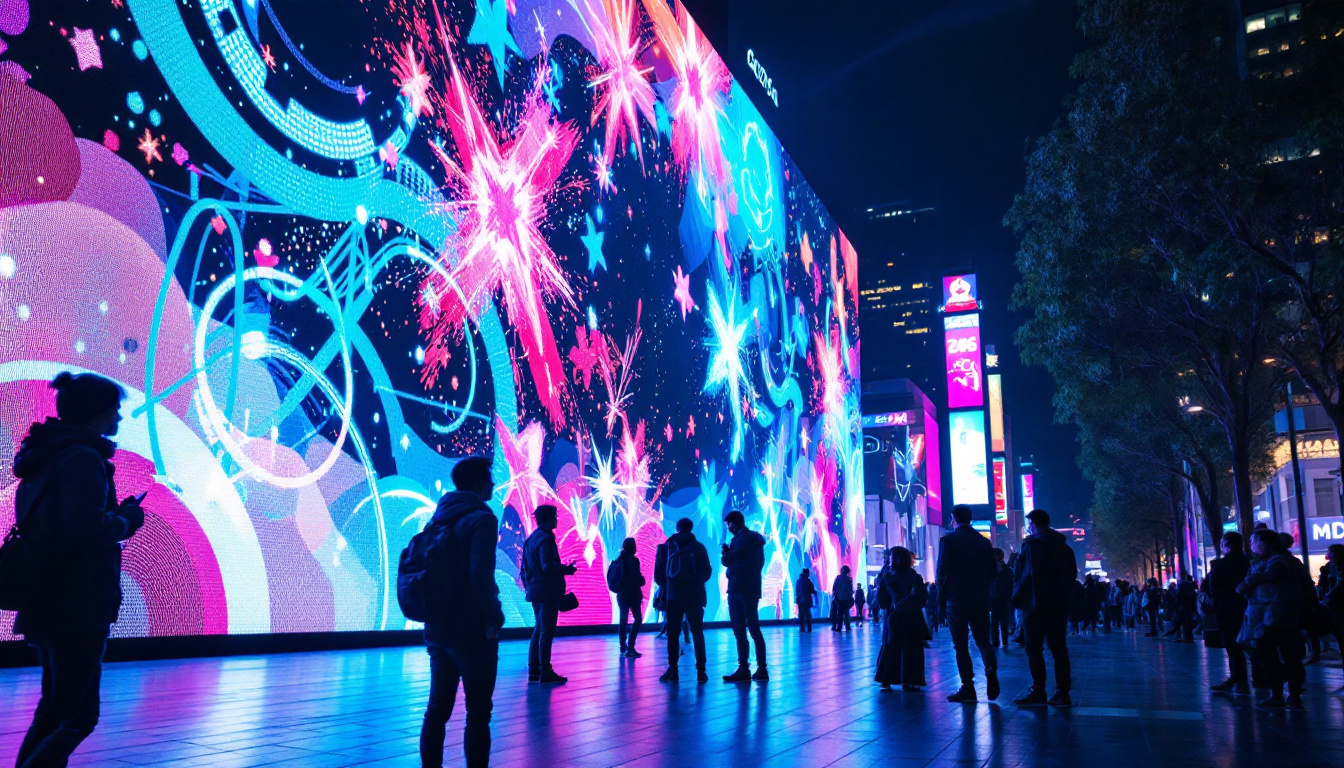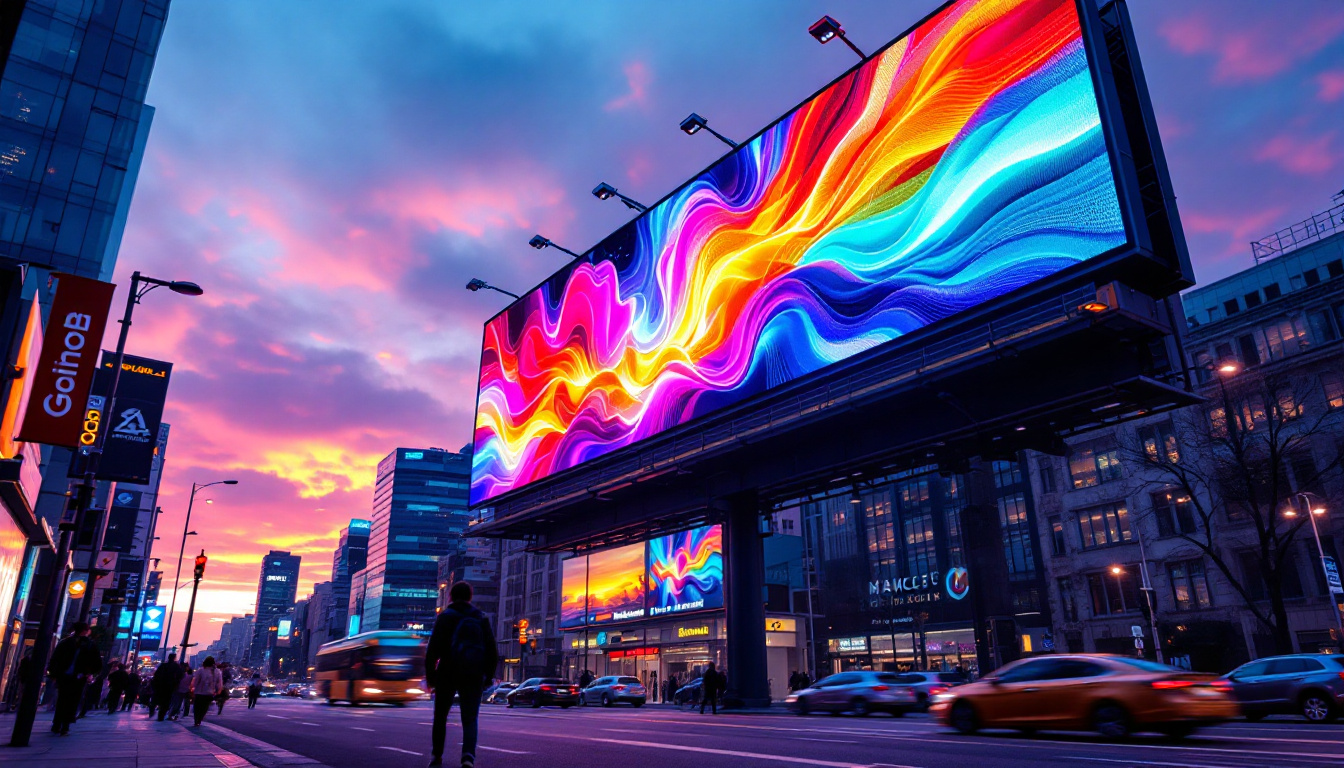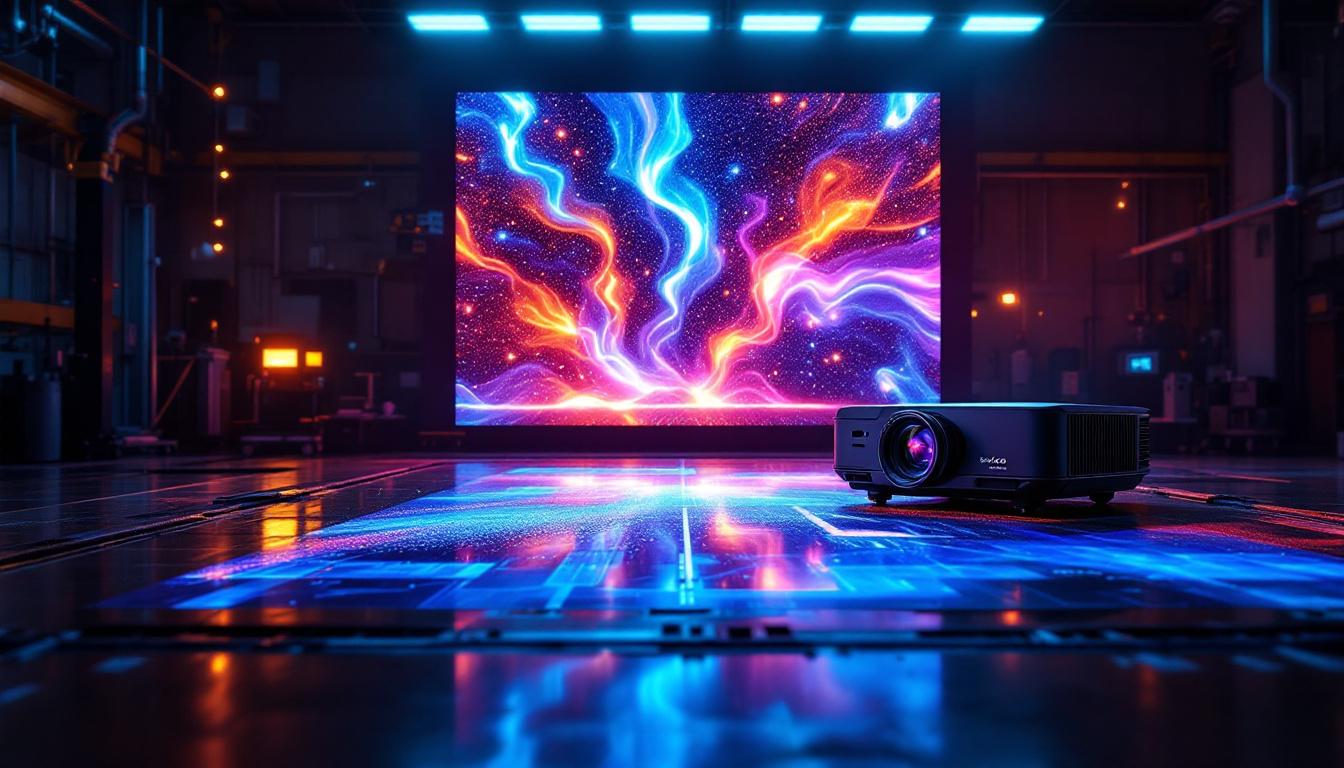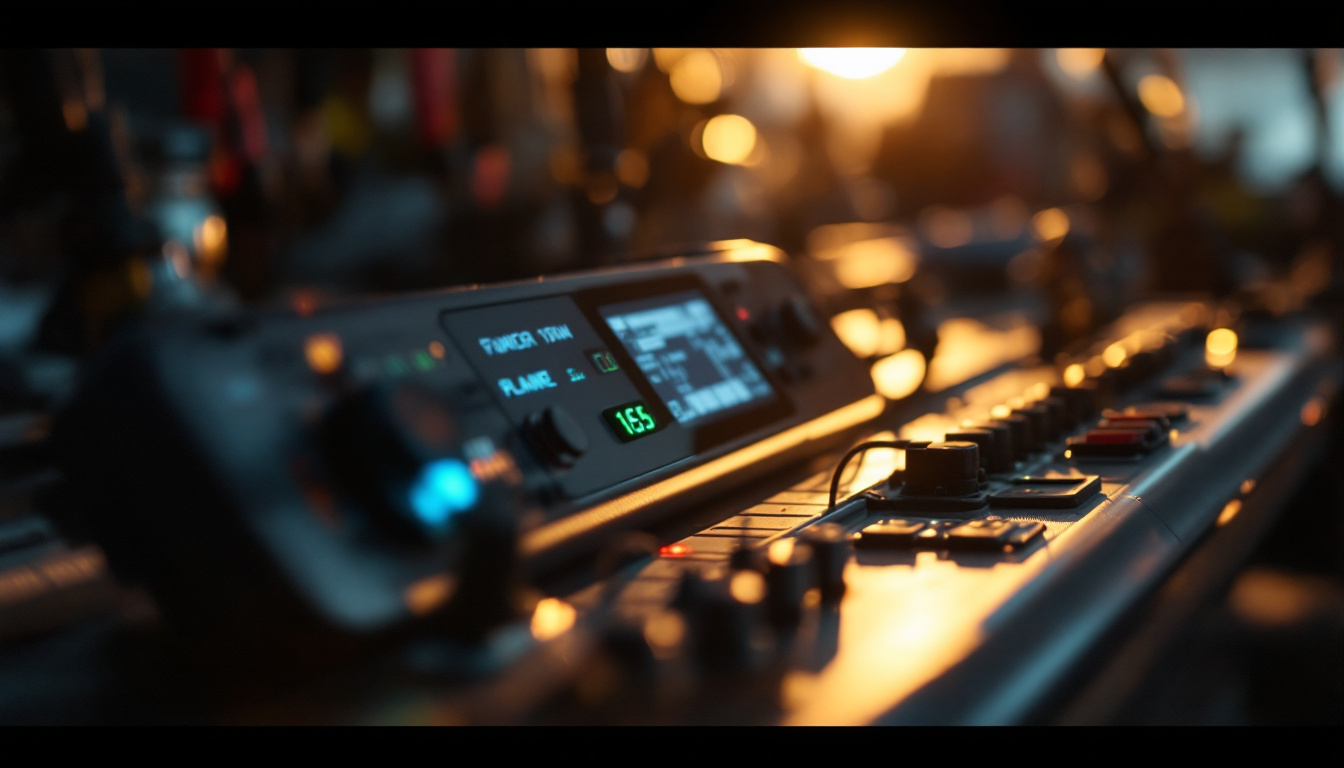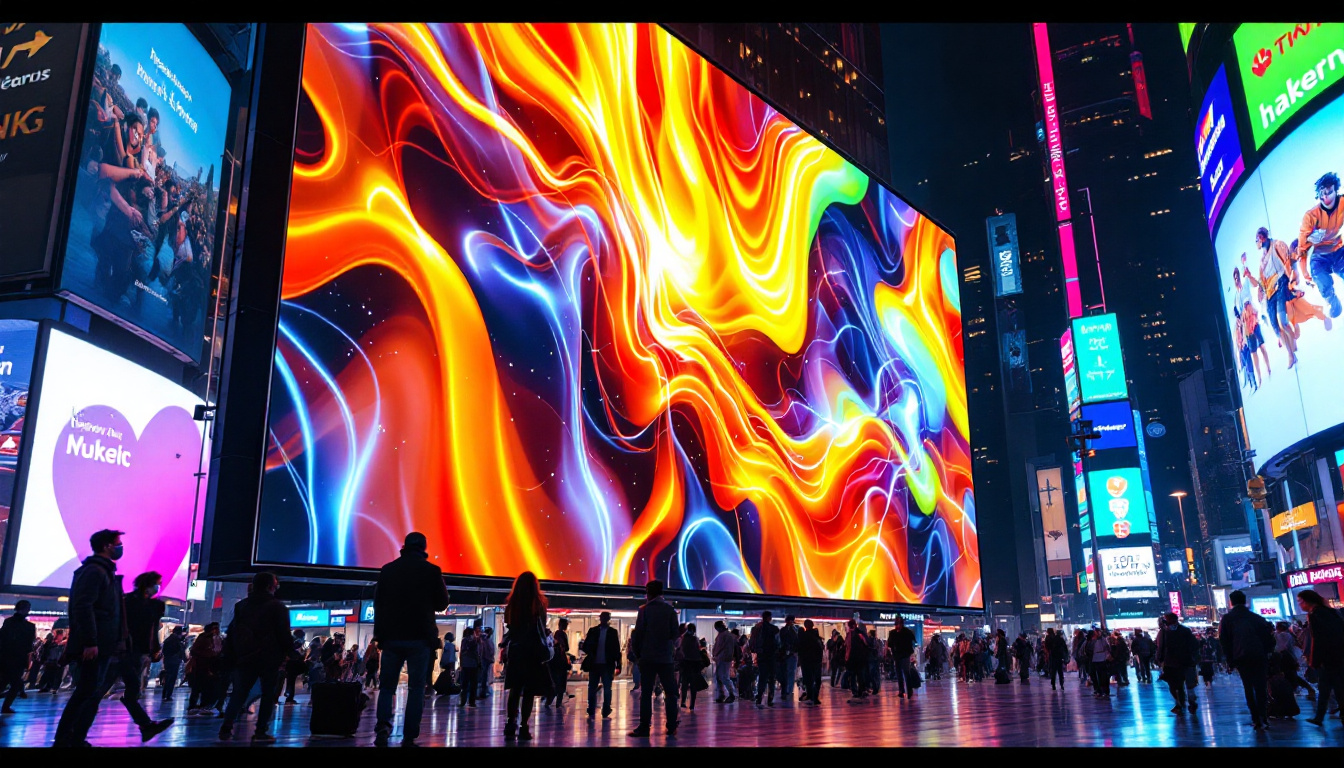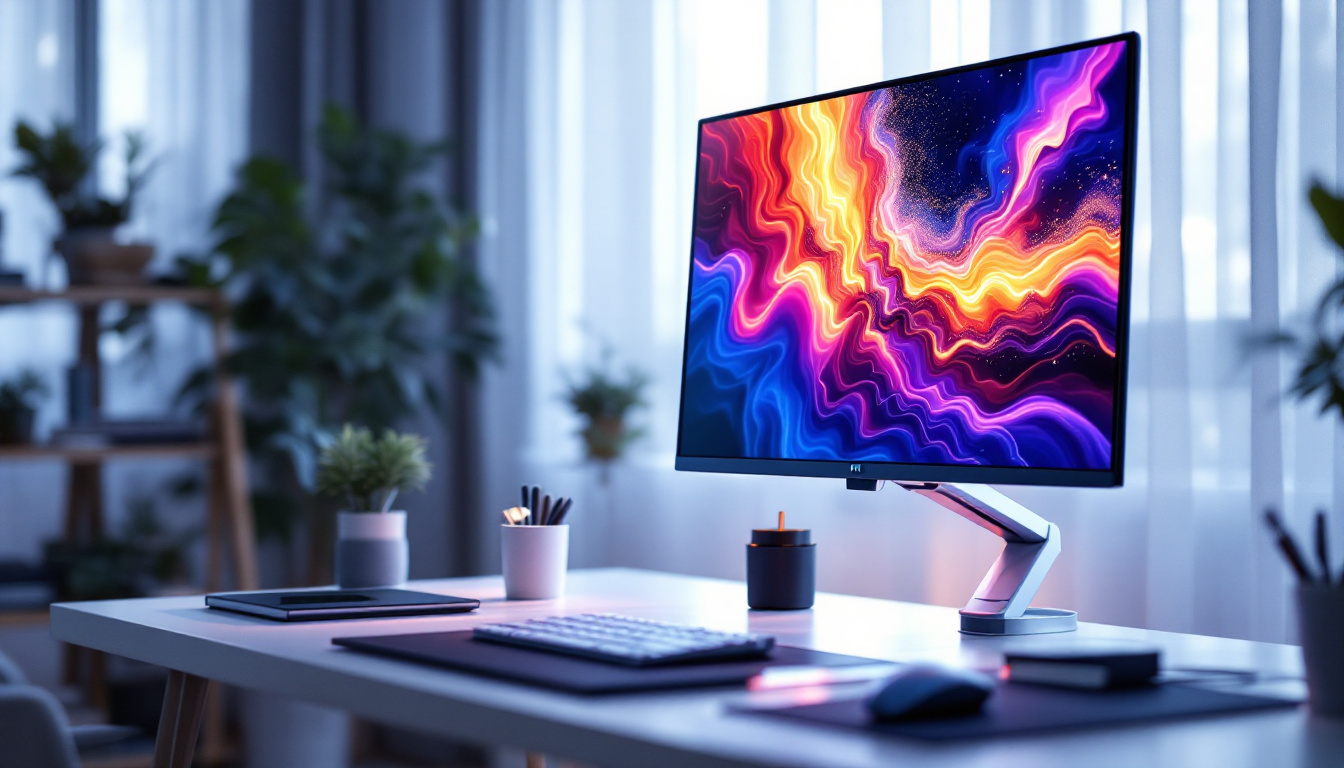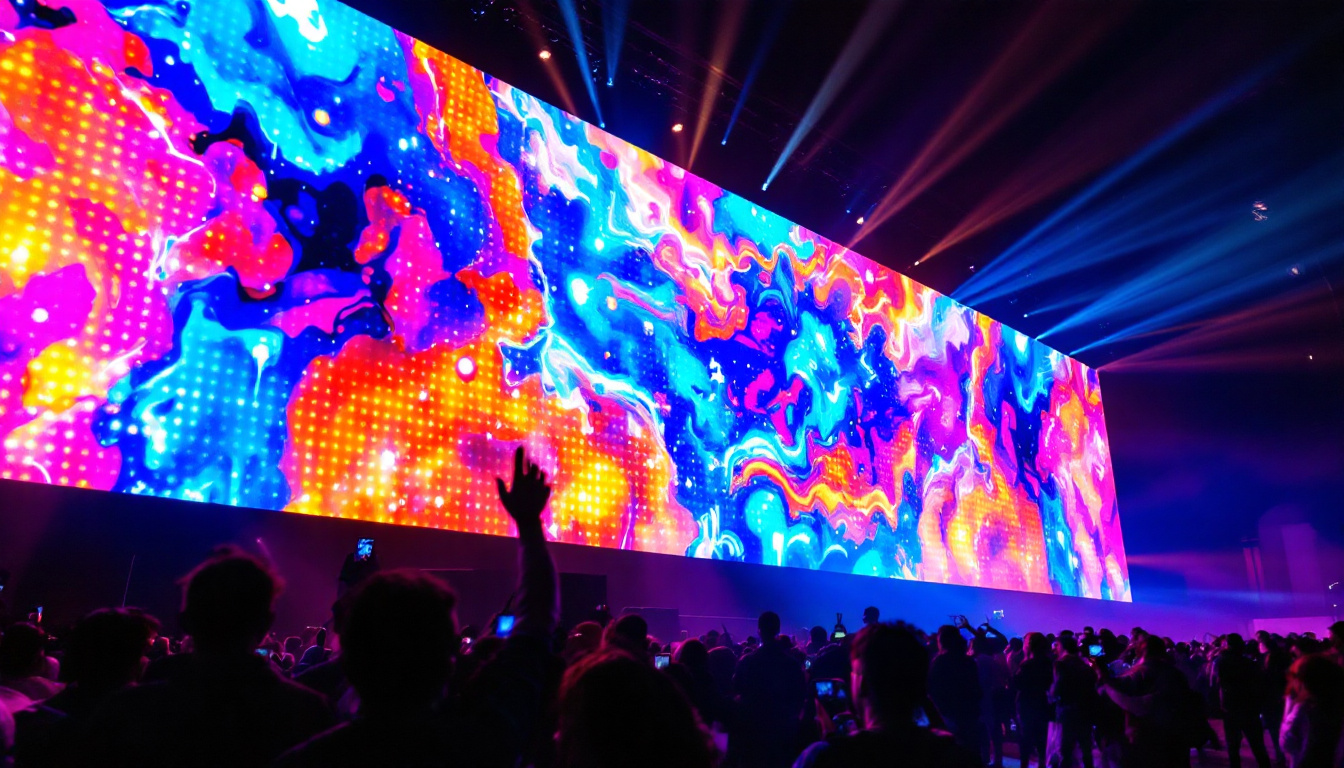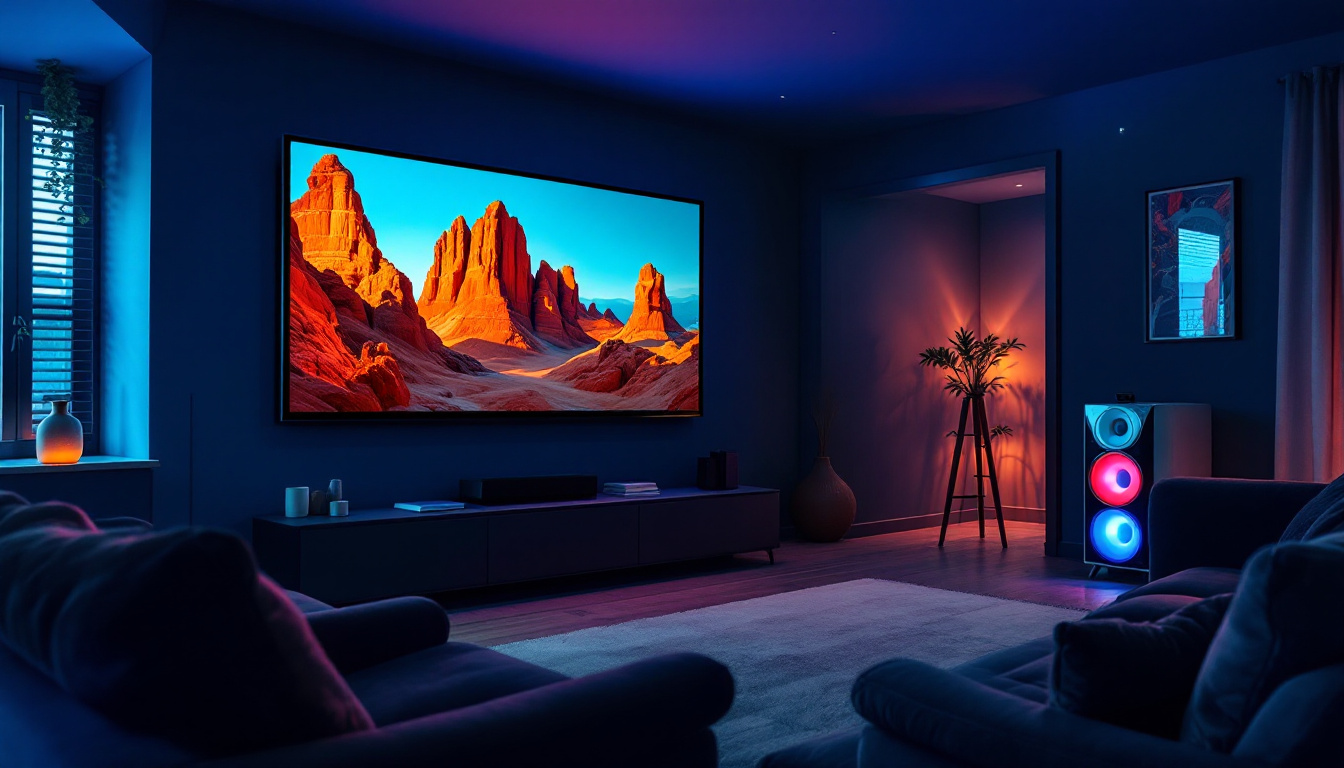In the world of digital displays, clarity and image quality are paramount. However, one common visual artifact that can disrupt the viewing experience is the moiré pattern. This phenomenon often appears on LED displays, causing distracting interference patterns that can confuse the eye and degrade image quality. Understanding what causes moiré patterns on LED screens, how they manifest, and the methods to mitigate them is essential for display manufacturers, designers, and end-users alike.
What Is a Moiré Pattern?
A moiré pattern is a visual interference pattern that emerges when two repetitive grids or patterns overlap at certain angles or frequencies. The result is a new pattern that appears to ripple, shimmer, or create unexpected shapes and lines, which are not present in either of the original patterns.
In the context of LED displays, moiré patterns typically arise when the pixel grid of the screen interacts with the pixel structure of the content being displayed or with the camera sensor capturing the screen. This interaction can cause the viewer to perceive strange, often wavy or circular patterns that can be distracting or even misleading. These effects are particularly pronounced in high-resolution displays where the pixel density is high, making the interference patterns more noticeable.
Moreover, moiré patterns are not limited to digital displays; they can also be found in printed materials, textiles, and even architectural designs. For instance, when two fabrics with similar patterns are layered, the overlapping designs can create a moiré effect that adds depth and complexity to the visual experience. Artists and designers sometimes intentionally use moiré patterns as a creative technique to produce dynamic visual effects that engage viewers and provoke thought.
Origins of the Term
The term “moiré” originates from the French word describing a type of textile with a rippled or watered appearance. The visual similarity between these fabric patterns and the interference patterns seen on screens led to the adoption of the term in optics and digital imaging. Historically, the moiré effect has been utilized in various artistic movements, where artists experimented with overlapping patterns to create optical illusions and enhance the viewer’s perception.
Additionally, the study of moiré patterns has practical applications in various fields, including engineering and scientific research. For example, in structural engineering, moiré techniques can be employed to measure deformations in materials under stress, allowing for precise analysis of structural integrity. This intersection of art and science highlights the versatility of moiré patterns, demonstrating their significance beyond mere visual curiosity.
How Moiré Patterns Occur on LED Displays
LED displays consist of a grid of tiny light-emitting diodes arranged in a matrix. Each diode represents a pixel or part of a pixel, and together they create the images we see on the screen. However, when the pixel pitch (the distance between the centers of adjacent pixels) of the LED display conflicts with the pixel structure of the source content or the capturing device, moiré patterns can emerge.
Pixel Grid Interference
The pixel grid of an LED screen is a fixed, repetitive pattern. When an image or video with its own pixel structure is displayed, the overlapping of these two grids can cause beat frequencies—essentially new patterns that are the result of the interference between the two sets of pixels. This is especially common when displaying fine patterns, such as tightly spaced lines, grids, or textures, which can interact with the LED grid to produce moiré.
Camera Capture and Moiré
Moiré patterns are not only a problem for viewers but also for those capturing LED displays with cameras. The camera sensor has its own pixel grid, and when it photographs the LED display, the interaction between the sensor’s pixels and the LED pixels can create moiré artifacts in the recorded image or video. This is a significant challenge in broadcast and event production, where LED walls are widely used.
Viewing Distance and Angle
The visibility and severity of moiré patterns can vary significantly depending on the viewing distance and angle. At certain distances, the human eye may resolve the interference patterns more clearly, making moiré more noticeable. Similarly, slight changes in the angle of viewing can alter the interaction between pixel grids, either accentuating or diminishing moiré effects.
Factors Influencing Moiré on LED Displays
Several technical and environmental factors contribute to the formation and visibility of moiré patterns on LED displays. Understanding these can help in designing better displays and content to minimize the issue.
Pixel Pitch and Resolution
Pixel pitch plays a critical role. Smaller pixel pitches (meaning pixels are packed more densely) tend to reduce moiré because the pixel grid becomes less perceptible to the human eye at typical viewing distances. High-resolution LED displays with fine pixel pitches (e.g., less than 1.5 mm) are less prone to moiré than lower-resolution displays with larger pixel pitches.
Content Design and Source Resolution
The design of the content itself can influence moiré formation. Content with high-frequency patterns, such as thin lines, grids, or repetitive textures, is more likely to produce moiré when displayed on LED screens. Additionally, the resolution of the source content relative to the display resolution can cause aliasing, which exacerbates moiré effects.
Display Technology and Subpixel Arrangement
Different LED display technologies and subpixel arrangements affect how moiré manifests. For example, some LED panels use a triangular or hexagonal pixel layout rather than a traditional square grid. These arrangements can reduce the likelihood of regular interference patterns but may introduce other visual artifacts.
Anti-Aliasing and Signal Processing
Modern LED display systems often incorporate anti-aliasing algorithms and signal processing techniques to reduce moiré. These methods smooth out high-frequency content and adjust pixel values to minimize interference patterns before the image is rendered on the screen.
Real-World Examples and Applications
Understanding moiré patterns is particularly important in several industries where LED displays are prevalent, including advertising, live events, broadcast, and digital signage.
Broadcast and Live Events
Large LED walls are common in concerts, sports arenas, and television studios. When cameras capture these LED screens, moiré patterns can appear in the broadcast feed, distracting viewers and reducing production quality. To combat this, broadcasters often use specialized camera lenses, filters, and post-processing techniques to minimize moiré.
Digital Signage and Outdoor Displays
In digital signage, especially large outdoor LED billboards, moiré can affect readability and the overall visual impact of advertisements. Sign designers must carefully consider pixel pitch and content design to avoid moiré, ensuring messages are clear and visually appealing from various distances.
Consumer Electronics
On smaller consumer LED displays, such as smartphones and monitors, moiré is less common due to the extremely fine pixel pitches. However, it can still occur when photographing screens or displaying certain patterned content, making it a consideration for device manufacturers and software developers.
Techniques to Reduce or Eliminate Moiré Patterns
Given the disruptive nature of moiré patterns, considerable effort has been invested in techniques to mitigate or eliminate them on LED displays.
Optimizing Pixel Pitch
One of the most straightforward approaches is to use LED panels with smaller pixel pitches. As pixel density increases, the screen’s pixel grid becomes less visible, reducing the likelihood of moiré. Advances in LED manufacturing have made ultra-fine pitch panels more affordable and accessible, enabling clearer images with minimal interference.
Content Creation Best Practices
Content creators can minimize moiré by avoiding high-frequency patterns and designing visuals that do not conflict with the display’s pixel structure. Using anti-aliasing in graphics software and ensuring source content resolution matches or exceeds the display resolution helps prevent aliasing artifacts that cause moiré.
Optical Solutions
In broadcast and filming scenarios, optical filters such as low-pass filters or diffusion filters can reduce moiré by blurring the image slightly to prevent pixel grid interference. Additionally, adjusting camera focus and angle can help minimize moiré artifacts during recording.
Software and Firmware Adjustments
Many LED display controllers incorporate software algorithms that detect and reduce moiré patterns in real-time. These algorithms adjust pixel brightness and color values to smooth out interference patterns without compromising overall image quality.
Subpixel Rendering and Layout Innovations
Innovations in subpixel layout, such as using non-rectangular pixel arrangements or varying pixel shapes, can disrupt the regularity of the pixel grid and reduce moiré formation. Some manufacturers experiment with staggered or diamond-shaped pixels to achieve this effect.
Future Trends in Moiré Pattern Mitigation
As LED display technology continues to evolve, new approaches to moiré reduction are emerging, driven by advances in materials science, manufacturing, and computational imaging.
MicroLED and Beyond
MicroLED technology, which uses microscopic LEDs to create displays with even higher pixel densities and brightness levels, promises to virtually eliminate moiré patterns due to its extremely fine pixel pitch. This technology is gaining traction for high-end TVs, augmented reality devices, and next-generation smartphones.
Artificial Intelligence and Machine Learning
AI-driven image processing is becoming increasingly sophisticated, enabling real-time detection and correction of moiré patterns in both content creation and display rendering. These technologies can adapt dynamically to different content types and viewing conditions, offering more effective moiré suppression.
Adaptive Display Surfaces
Emerging research into adaptive or dynamic display surfaces that can alter pixel arrangements or refresh rates in response to detected moiré patterns could provide a new frontier in display technology. Such systems would actively prevent moiré formation by changing the underlying pixel grid structure on the fly.
Conclusion
Moiré patterns on LED displays represent a complex interplay between pixel grids, content design, and viewing conditions. While they can detract from image quality and user experience, understanding the root causes and employing a combination of hardware, software, and content strategies can effectively mitigate their impact.
For industries relying on LED displays—from broadcasting to advertising—the ongoing development of finer pixel pitches, advanced processing algorithms, and innovative display technologies ensures that moiré will become less of a concern in the future. As display technology advances, the goal remains clear: delivering crisp, clear, and visually stunning images without interference or distraction.
Explore Cutting-Edge LED Solutions with LumenMatrix
As you seek to eliminate moiré patterns and achieve the highest quality in visual displays, LumenMatrix stands at the forefront of LED technology innovation. With a diverse range of products from Indoor and Outdoor LED Wall Displays to specialized solutions like Vehicle LED Displays and LED Sports Displays, LumenMatrix is committed to enhancing your brand’s visibility and audience engagement. Embrace the future of visual communication with our Custom LED Displays, All-in-One LED Displays, and revolutionary LED Transparent Displays. Check out LumenMatrix LED Display Solutions today and transform your visual experience with clarity and impact.

